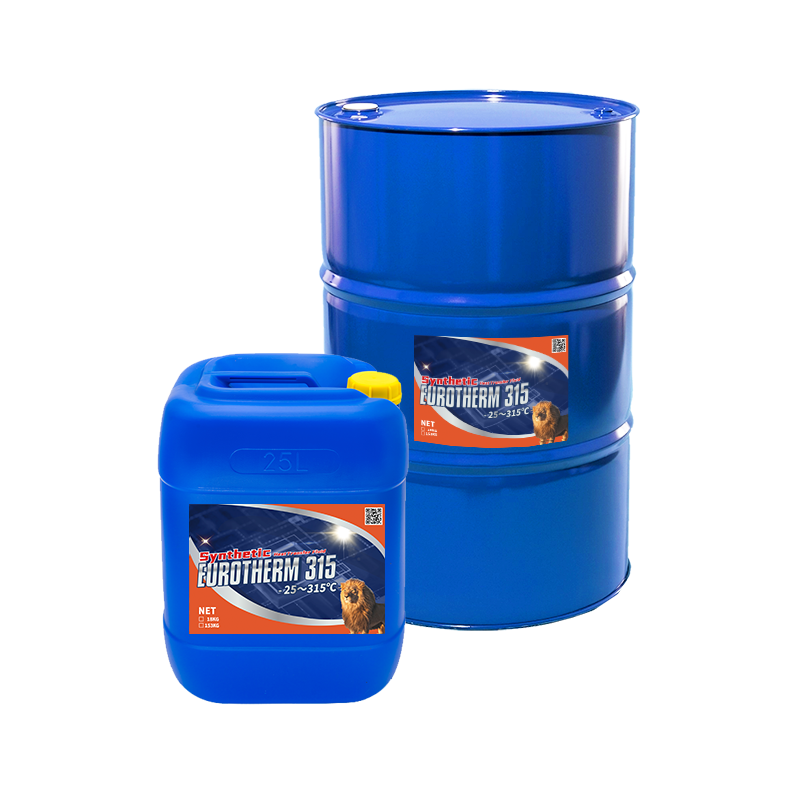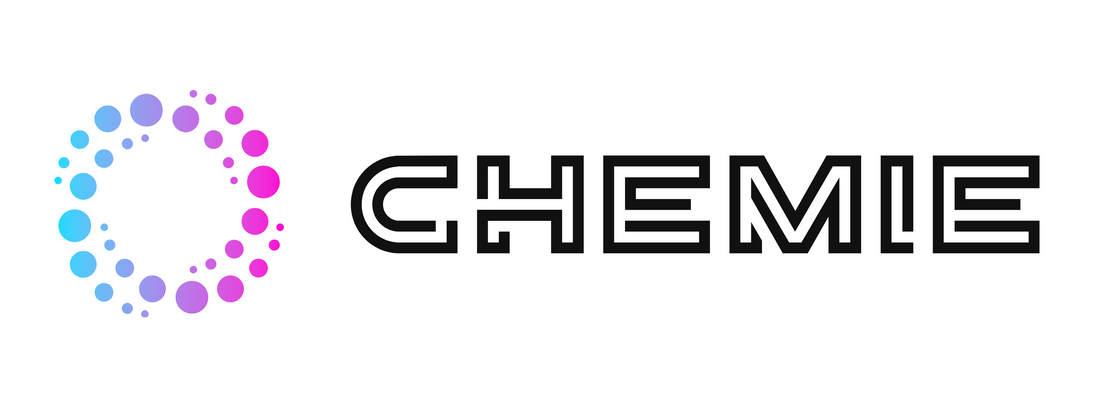More About Chemie
Table of ContentsThe 2-Minute Rule for ChemieTop Guidelines Of ChemieChemie for Beginners6 Easy Facts About Chemie ShownChemie - An OverviewThe smart Trick of Chemie That Nobody is Discussing
By Bojanna Shantheyanda, Sreya Dutta, Kevin Coscia and David SchiemerDynalene, Inc. Liquid air conditioning, which can be attained using indirect or direct methods, is made use of in electronic devices applications having thermal power densities that might exceed safe dissipation with air cooling. Indirect liquid cooling is where warm dissipating electronic elements are physically divided from the fluid coolant, whereas in instance of straight cooling, the parts remain in straight call with the coolant.In indirect air conditioning applications the electric conductivity can be important if there are leaks and/or splilling of the fluids onto the electronics. In the indirect cooling applications where water based liquids with corrosion inhibitors are typically utilized, the electric conductivity of the liquid coolant generally depends on the ion concentration in the fluid stream.
The rise in the ion concentration in a shut loop fluid stream might take place as a result of ion seeping from metals and nonmetal parts that the coolant liquid is in call with. Throughout operation, the electrical conductivity of the fluid may boost to a degree which could be dangerous for the cooling system.
Chemie Fundamentals Explained
The samples were permitted to equilibrate at room temperature for 2 days before videotaping the preliminary electrical conductivity. In all examinations reported in this study liquid electric conductivity was measured to a precision of 1% using an Oakton disadvantage 510/CON 6 collection meter which was calibrated prior to each dimension.
The Main Principles Of Chemie
from the wall home heating coils to the center of the furnace. The PTFE sample containers were put in the furnace when stable state temperatures were reached. The examination setup was eliminated from the heater every 168 hours (7 days), cooled to space temperature level with the electric conductivity of the liquid gauged.
The electric conductivity of the fluid sample was monitored for a total amount of 5000 hours (208 days). Figure 2. Schematic of the indirect closed loophole cooling down experiment set up - high temperature thermal fluid. Table 1. Elements made use of in the indirect closed loophole cooling down experiment that touch with the fluid coolant. A schematic of the speculative setup is revealed in Figure 2.

9 Easy Facts About Chemie Shown
The adjustment in liquid electric conductivity was kept an eye on for 136 hours. The fluid from the system was gathered and saved.

0.1 g of Dowex material was included in 100g of fluid examples that was absorbed a separate container. The mixture was stirred and change in the electric conductivity at area temperature was measured every hour. The measured modification in the electric conductivity of the UP-H2O and EG-LC examination fluids having polymer or metal when involved for 5,000 hours at 80C is shown Number 3.
Chemie Fundamentals Explained
Ion seeping experiment: Calculated change in electrical conductivity of water and EG-LC coolants including either polymer or metal examples when immersed for 5,000 hours at 80C. The outcomes suggest that steels added less ions into the fluids than plastics in both UP-H2O and EG-LC based coolants.
Fluids containing polypropylene and HDPE showed the most affordable electrical conductivity modifications. This can be due to the brief, stiff, linear chains which are less likely to add ions than longer branched chains with weaker intermolecular forces. Silicone also did well in both test liquids, as polysiloxanes are typically chemically inert because of the high bond energy of the silicon-oxygen bond which would certainly stop destruction of the product into the liquid.
How Chemie can Save You Time, Stress, and Money.
It would be anticipated that PVC would produce similar outcomes to those of PTFE and HDPE based upon the similar chemical structures of the products, however there may be various other impurities existing in the PVC, such as plasticizers, that might affect the electric conductivity of the fluid - silicone synthetic oil. Additionally, chloride teams in PVC can likewise seep into the test liquid and can trigger an increase in electric conductivity
Polyurethane totally disintegrated right into the test liquid by the end of 5000 hour test. Before and after photos of metal and polymer samples submersed for 5,000 hours at 80C in the ion leaching experiment.
Calculated adjustment in the electrical conductivity of UP-H2O coolant as a function of time with and without resin cartridge in the shut indirect air conditioning loophole experiment. The measured modification in electric conductivity of the UP-H2O for 136 hours with and without ion exchange material in the loop is displayed in Figure 5.
Comments on “Chemie - An Overview”